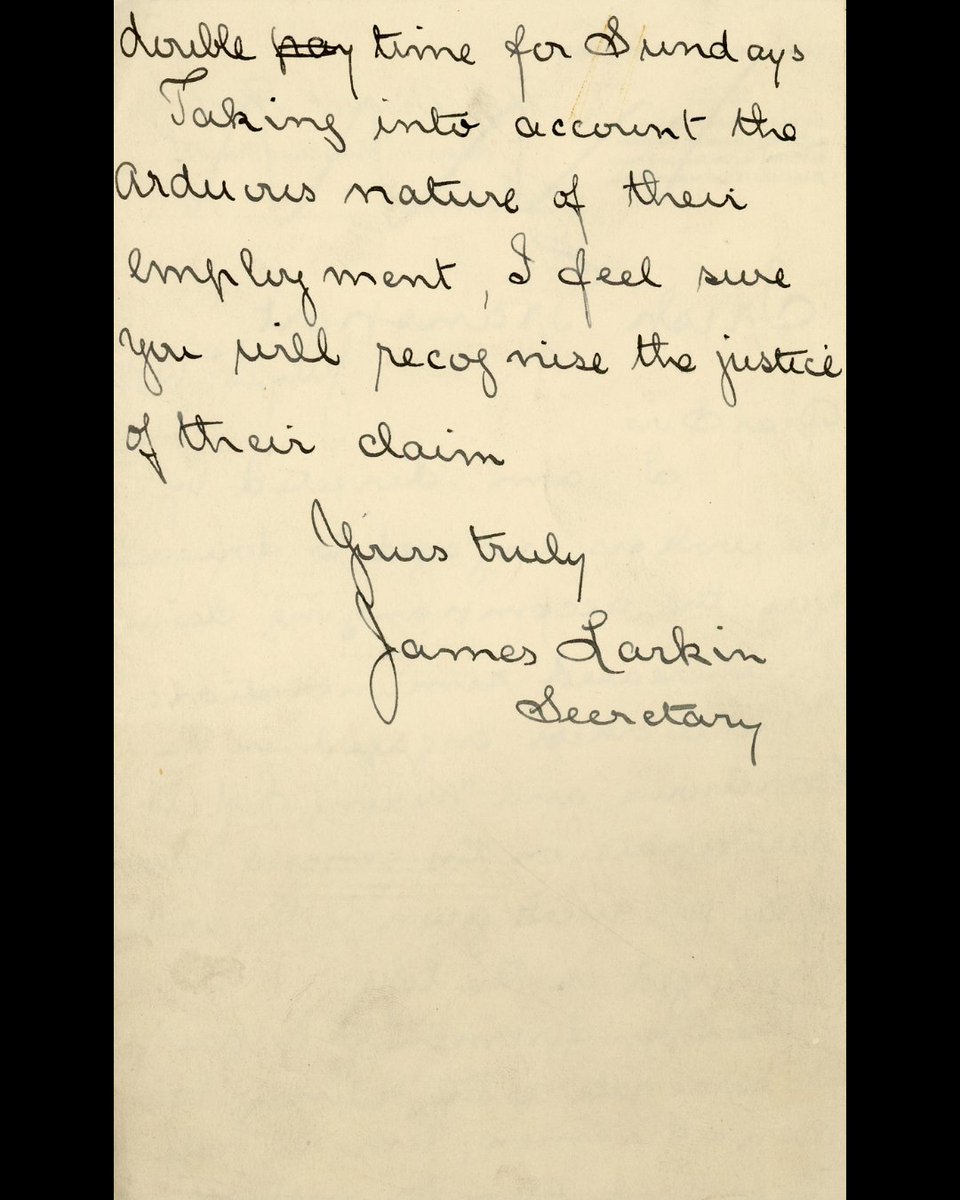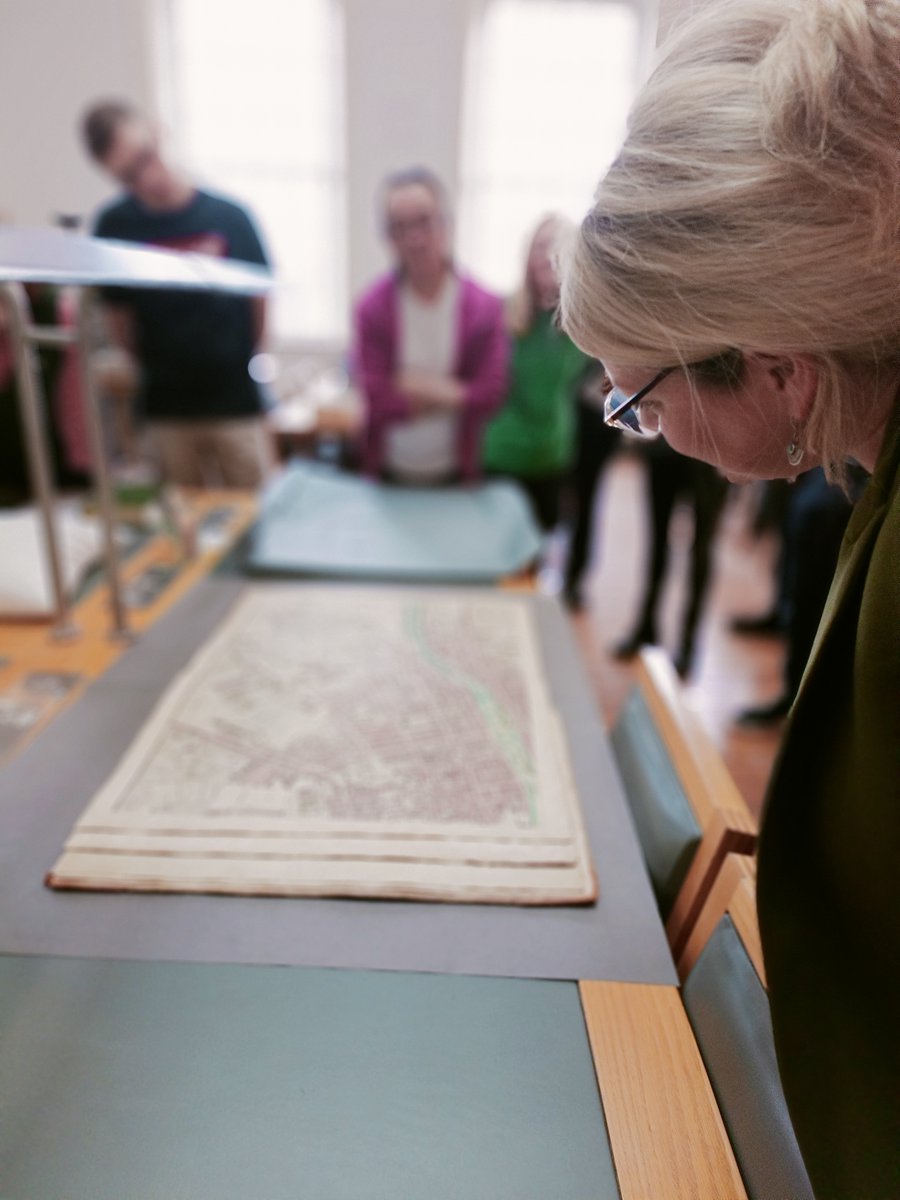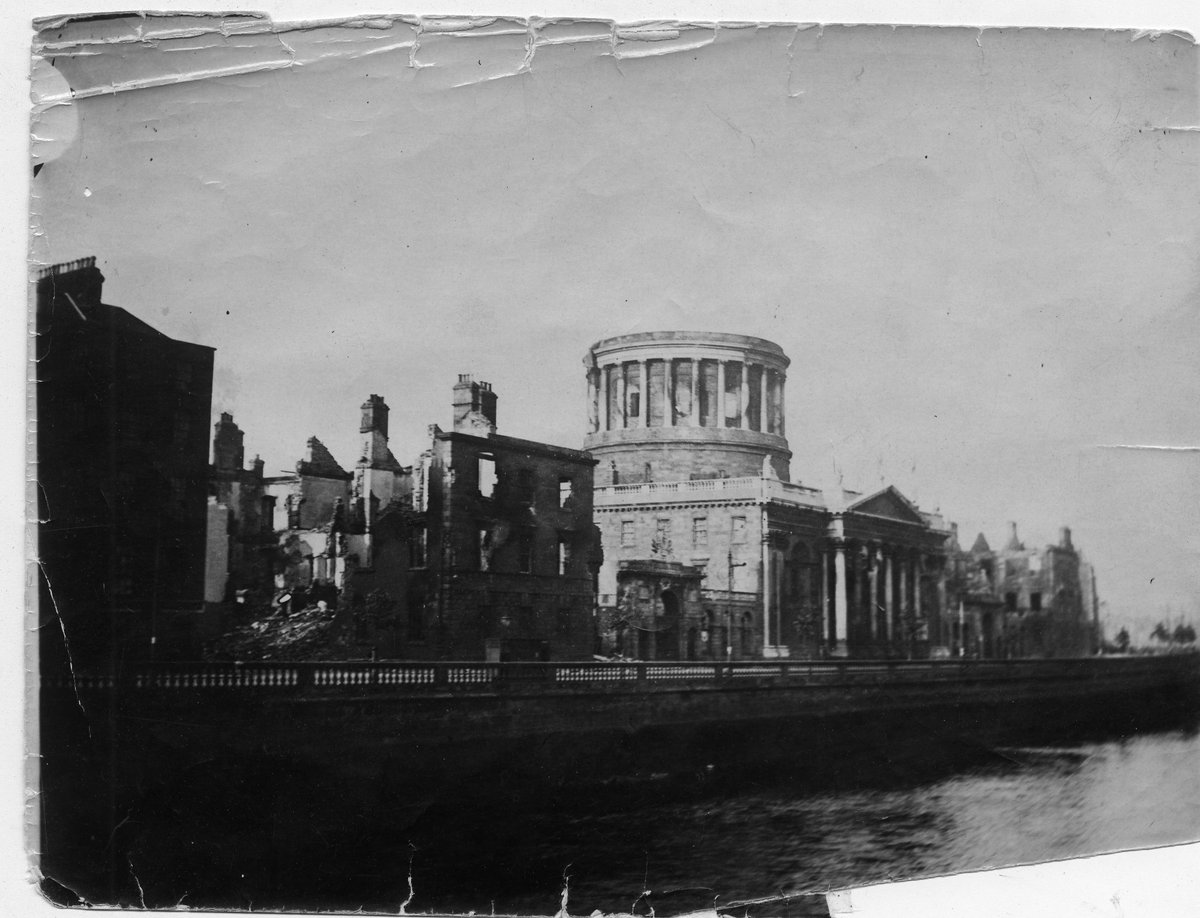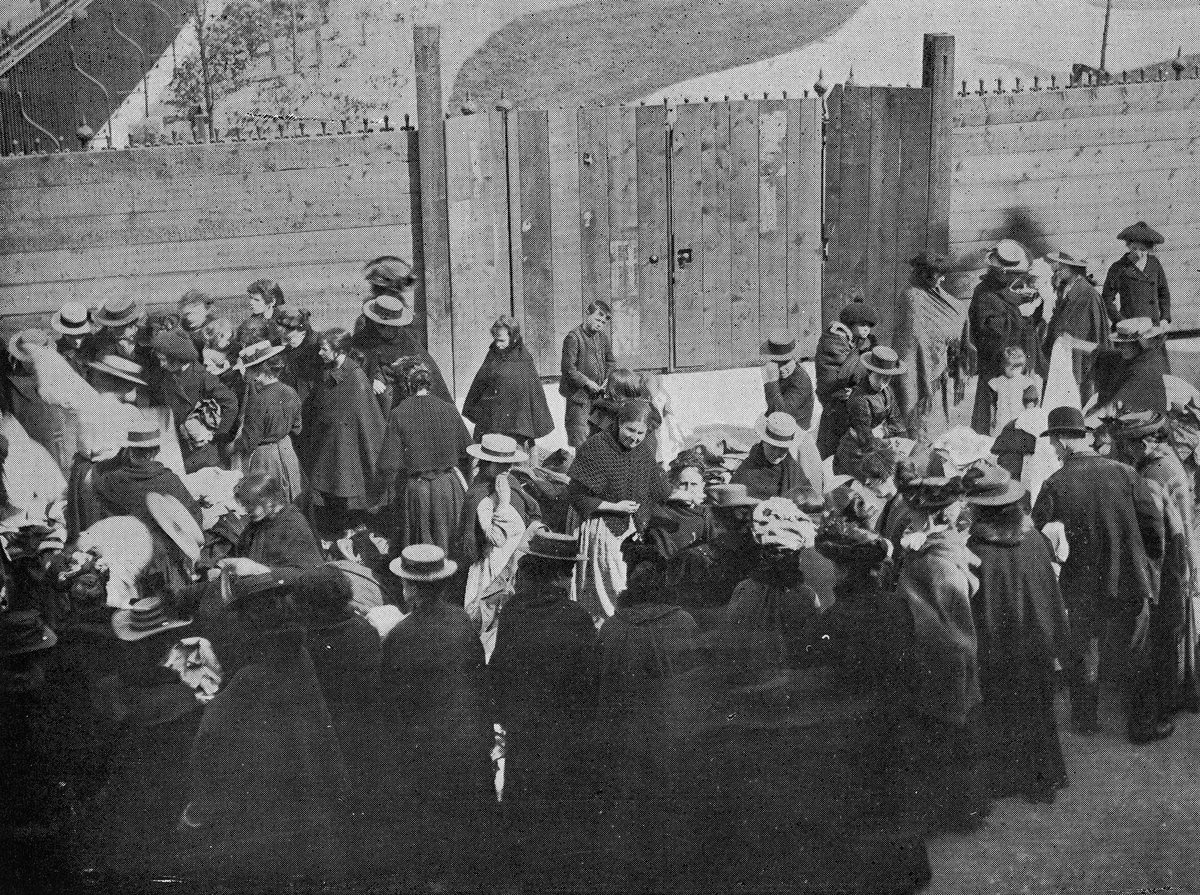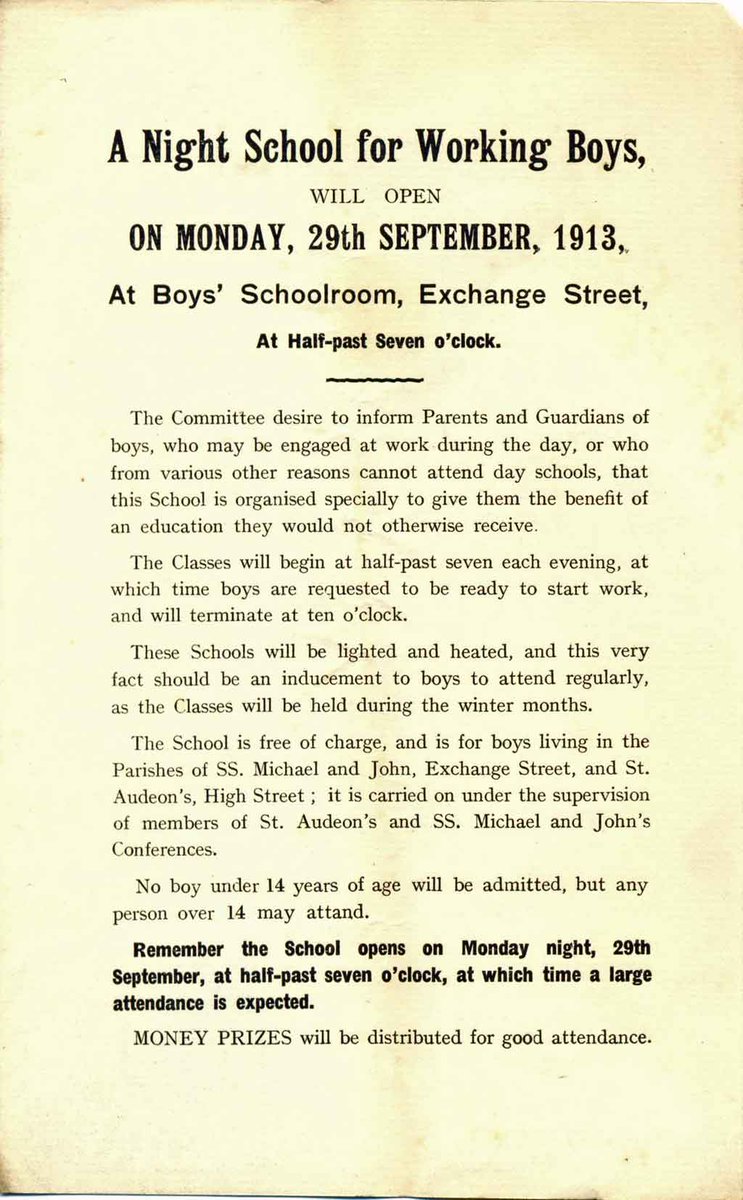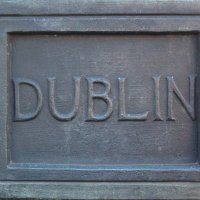
DCLA Reading Room
@dclareadingroom
The Reading Room, Dublin City Library and Archive, 139-144 Pearse Street, Dublin 2 Tel: +353 1 2224999
We collect, care for and share Dublin's history.
ID: 4010111379
https://www.dublincity.ie/residential/libraries/heritage-and-history 21-10-2015 14:55:15
4,4K Tweet
4,4K Takipçi
554 Takip Edilen






















